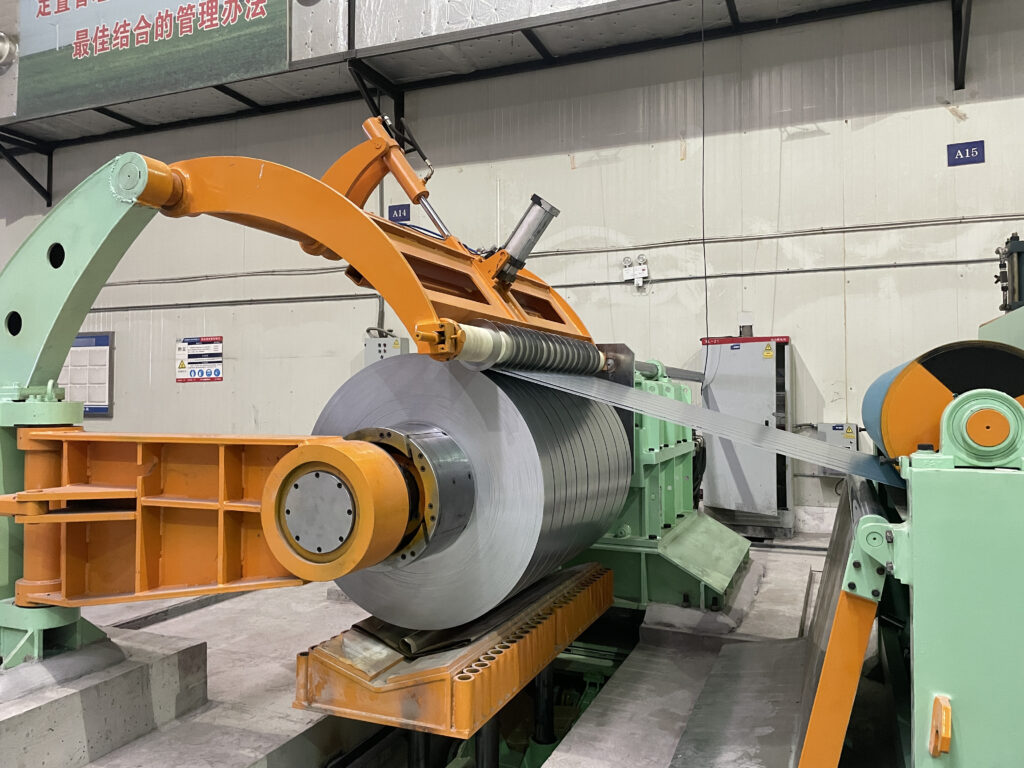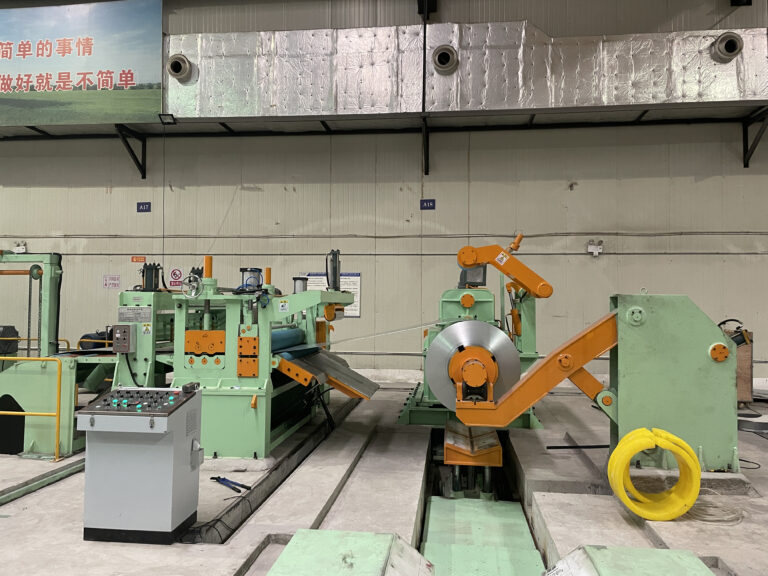Sheet Metal Coil Processing: An Array of Metal Types and Thicknesses
Optimizing sheet metal coil processing is a strategic investment. Selection between slitting, CTL, or hybrid lines should reflect your product mix, quality standards, and growth plans.
What Is Sheet Metal Coil Processing?
Sheet metal coil processing refers to the high-precision conversion of large metal coils into flat sheets or narrow strips, enabling a vast range of manufacturing applications. By leveraging technologies like slitting lines, cut-to-length (CTL) lines, and flatbed sheeters, manufacturers can achieve superior material utilization, minimal waste, and tight tolerance control—core requirements for today’s demanding B2B supply chains.
Why Is Material Type and Thickness Critical?
Choosing the right machine depends on both the material and its thickness. Modern facilities handle:
- Carbon steel, stainless steel, aluminum alloys, and high-strength coated grades
- Thickness capacity from 0.3 mm to over 12 mm
- Coil widths from 20 mm (electronics) up to 2150 mm (infrastructure build)
For detailed comparison of material compatibility and optimal process choice, visit Metal Slitting vs CTL Lines: Complete Technical Guide 2025.
Slitting vs. Cut-to-Length Lines—Which Is Best?
Slitting lines use rotary knives to cut master coils into multiple narrower strips while keeping the material continuously wound. This process is favored for high-volume tube production, roll forming, and automotive components, especially when multiple strip widths are required in one run.

CTL lines unwind, level, and shear material into flat sheets—ideal for fabrication, appliance manufacturing, and construction, where precise dimensional control and flatness are critical.
| Feature | Slitting Line | Cut-to-Length Line |
|---|---|---|
| Application | Multiple narrow strips, coil-to-coil | Precision sheet production, stacking |
| Typical Thickness Range | 0.3–12 mm | 0.5–20 mm |
| Output Form | Recoiled strips | Flat sheets |
| Changeover Time | 30–90 min (knife setup) | 15–45 min (dimension change) |
| High-Speed Capability | Up to 250 m/min | 15–40 m/min |
| Tolerance & Repeatability | Width ±0.1–0.3 mm | Length ±0.15 mm |
How Do Flatbed Sheeters Support Advanced Production?
Flatbed sheeters are essential when manufactures require high sheet quality for digital press sizes, coated films, or sensitive substrates. Precision servo control, sectional knife systems, and automated stacking deliver sheet accuracy within ±0.015” (±0.381 mm), meeting stringent printing and lamination standards.
What Are the Key Performance Challenges?
Processing defects such as coil set, camber, burr, and edge wave threaten final product quality. Advanced MD-series lines integrate:
- Automated tension and loop control
- Multi-roll levelers for flatness
- Real-time burr and edge quality monitoring
Automated setup and changeover systems found in MaxDoMachine’s solutions further reduce downtime and enable just-in-time manufacturing for diverse order volumes.
Maximizing Material Yield and Reducing Scrap
Modern processors face relentless pressure to eliminate waste and recover cost. Integrated servo control, predictive maintenance, and inline quality inspection—hallmarks of MaxDo’s technology—routinely achieve yield rates above 96%. Slitting lines, in particular, maximize utilization since every strip from the master coil becomes a usable product.
What Are Implementation Success Factors?
To deliver consistent results, leading facilities prioritize:
- Comprehensive operator training (equipment safety, quality inspection)
- Scheduled maintenance (knife alignment, tension calibration, lubricant checks)
- Real-time data monitoring (OEE, dimensional tracking, and yield reporting)
Explore technical ROI analysis and lifecycle cost comparisons in the Slitting vs. CTL Lines: Lifecycle Cost & ROI Guide.
Technical Specs Quick Reference
| Model | Thickness Range | Coil Width Capability | Power (Approx.) |
|---|---|---|---|
| MD-850 | 0.3–8 mm | 20–820 mm | 138.5 kW |
| MD-1650MM | 0.5–12 mm | up to 1650 mm | — |
| MD-2200MM | 0.5–16 mm | up to 2150 mm | 422.5 kW |
Visit Comprehensive Guide to Metal Slitting Machines and Flatbed Machines for in-depth equipment profiles.
Final Recommendation
Optimizing sheet metal coil processing is a strategic investment. Selection between slitting, CTL, or hybrid lines should reflect your product mix, quality standards, and growth plans. Professional site assessment and process analysis are essential to secure long-term ROI and operational excellence.
Learn more about advanced automation and processing solutions at Metal Slitting & CTL Line Insights, or consult the authoritative Wikipedia entry on metalworking for broader industry context.
Sources:




